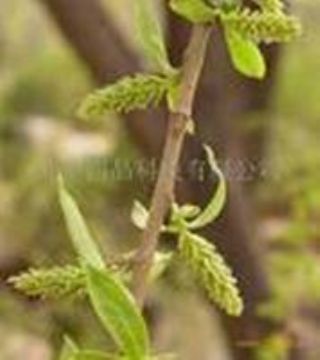Detailed Selling Lead Description
Botanical Name:Salix alba Family:Salicaceae
Common names:Salicin willow,Willow withe,Withy
Specification: 15% salicin, 25% salicin, 50% salicin HPLC
Characteristics: Light brown-yellow powder
Plant Origin: Salix alba
General:White willow bark has a long history of use for reducing fever and pain. It was also used to treat inflammation by the ancient Egyptians. Native Americans are thought to have steeped willow bark in tea as a remedy for relief to fevers. More than 100 years ago, its active ingredient salicin was identified. White willow bark is a source of salicin and other salicylates compounds, which are similar in structure to aspirin (acetyl salicylic acid).
The bark of the white willow tree is a source of salicin and other salicylates - compounds which are similar in structure to aspirin (acetyl salicylic acid). Native Americans are thought to have used ground willow bark and bark steeped for tea as a medicinal remedy for everything from pain relief to fevers. Today, white willow bark is often used as a natural alternative to aspirin - one of the most common uses in dietary supplements is as an adjunct for weight loss.
Action:
1) It has the same effect on the body as aspirin without any of the side effects.
2) It is an anti-inflammatory, a fever reducer, an analgesic, an anti-rheumatic, and an astringent. Specifically, it helps to relieve headaches.
Applications: Nowadays Bitter Melon capsules and tinctures are widely available in the Western world where in herbal medicine they are being used for diabetes, HIV and other viruses, colds and flu and psoriasis.
